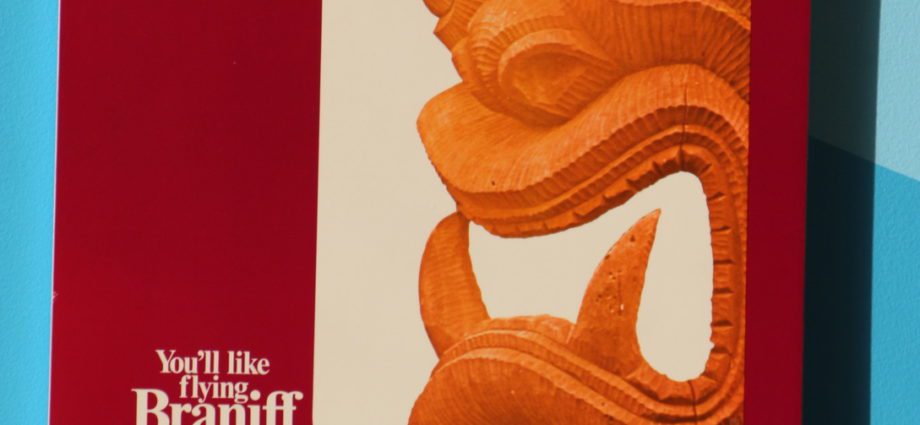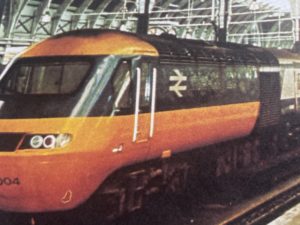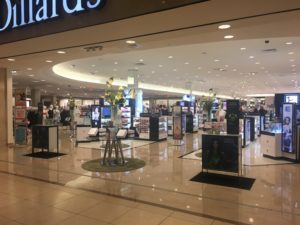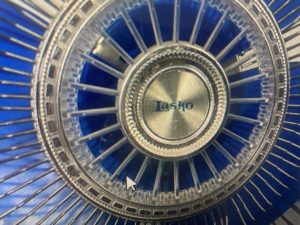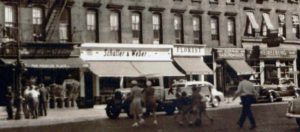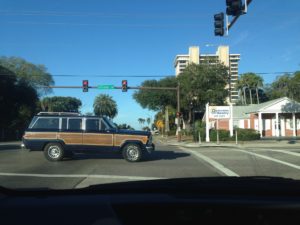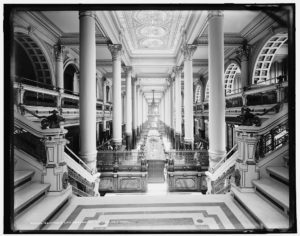DALLAS – There are few airlines with more pluck and fashion than the late Braniff. Braniff was a Texas-sized operation, with a very important sense of itself and a verve and passion that matched the exuberance and stylishness of the state. With its Alexander Calder painted planes and Pucci-uniformed stewardesses in clear plastic bubble caps, the airline knew how to use design to further its marketing goals.
Sadly, the airline did not survive; it expanded too quickly during deregulation and a “Braniff II” did not survive either. However, the marketing was genius, led by the notable Mary Wells Lawrence, who put the airline on the map with her promotions.
Fans of Braniff (and of modern architecture in general) are trying to save the Braniff Operations and Maintenance Base. The building is a 450,000 square foot facility that housed 1,750 workers, built by the noted Los Angeles futurist architects William Pereira and Charles Luckman serves as the only example of such style in Dallas. The architects were responsible for great buildings including LAX Airport, the TransAmerica building in San Francisco and Pepperdine University.
Saving buildings at airports is always a challenge; the real estate is more than valuable and the buildings are often in the Modern style, which means that they aren’t appreciated unless they are in good condition. Sadly for the Braniff building, it’s not in good condition, and so making the case is hard.
There are other efforts out there to save Modernist airline terminals; some have been successful, including the saving of the TWA Flight Center at JFK. Currently, fans are trying to save the Pan Am Worldport, a stunning structure at JFK that not only has architectural merit, but was the scene of hundreds of bits of history as it was used by Pan Am. However, the all glass I.M. Pei National Airlines Sundrome, also at JFK, did not survive.
Deco structures such as Washington Reagan National have been saved by bureaucrats, but they were in a more popular style, and also were connected to the era of Roosevelt’s New Deal, which gives them a certain credibility amongst intellectuals that pure capitalist buildings do not. This preservation effort is a real challenge; the building has been empty for almost a decade and it wasn’t the more glamorous terminal, but instead was a corporate facility, which means it doesn’t have as many people in the general public who can vouch for its history.
However, less worthy buildings have been saved, and because the building dates from the 1950s and was designed by notable architects, it does have the possibility of landmark status. In addition, buildings judged eligible to be historic by the National Park Service can win a tax rebate for developers, and should go through 106 review if they involve the expenditure of federal dollars.
Find out more at the Save Braniff site.

